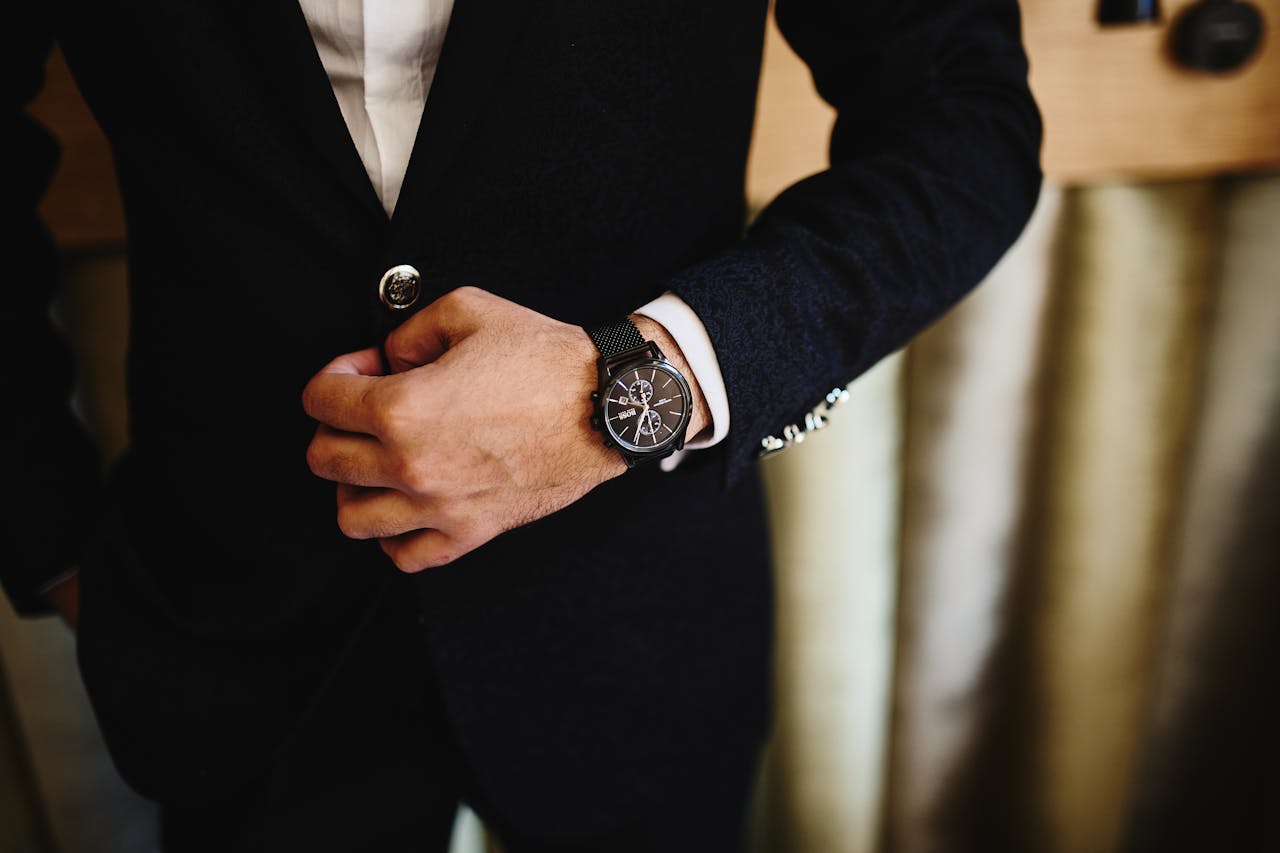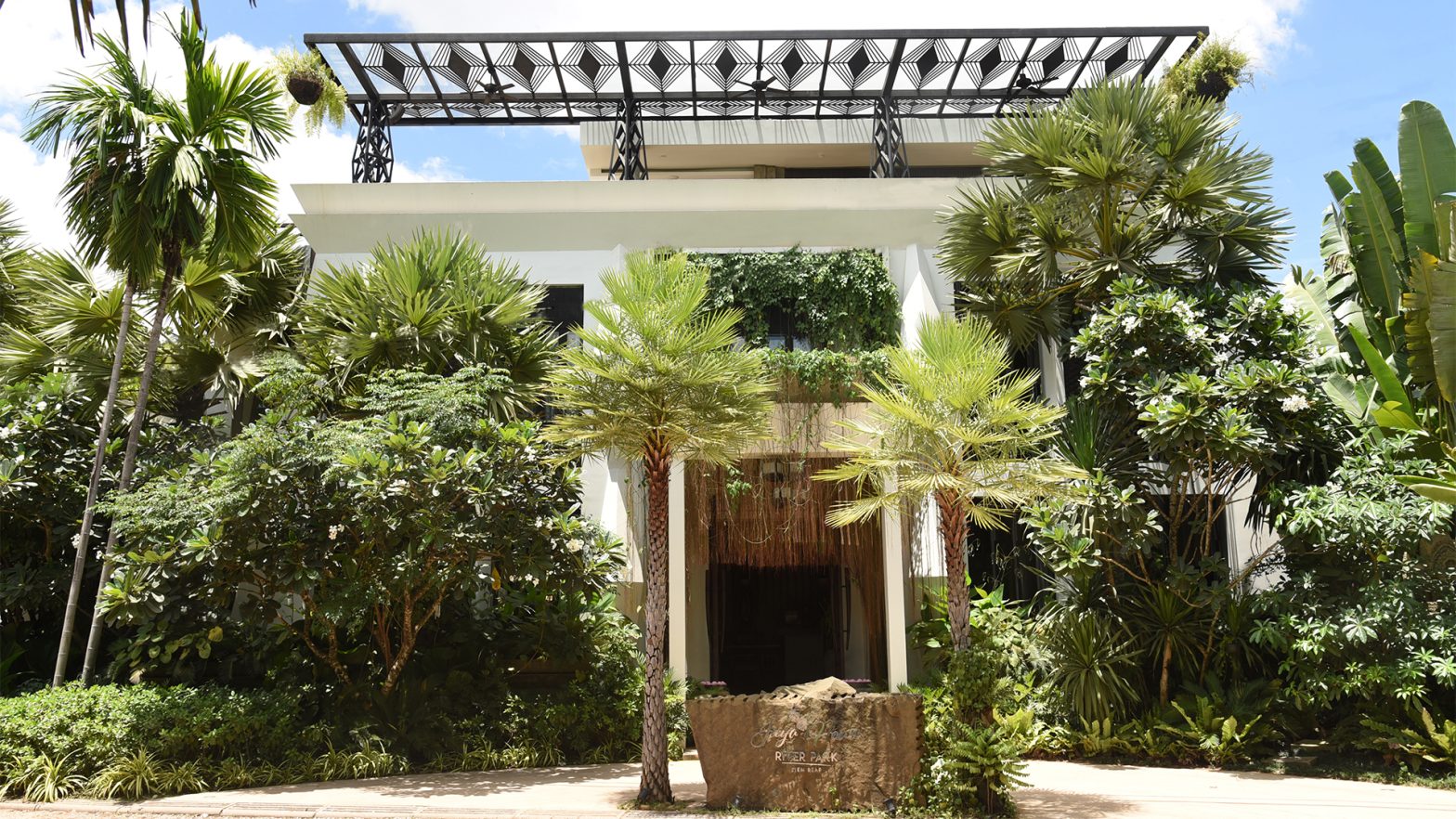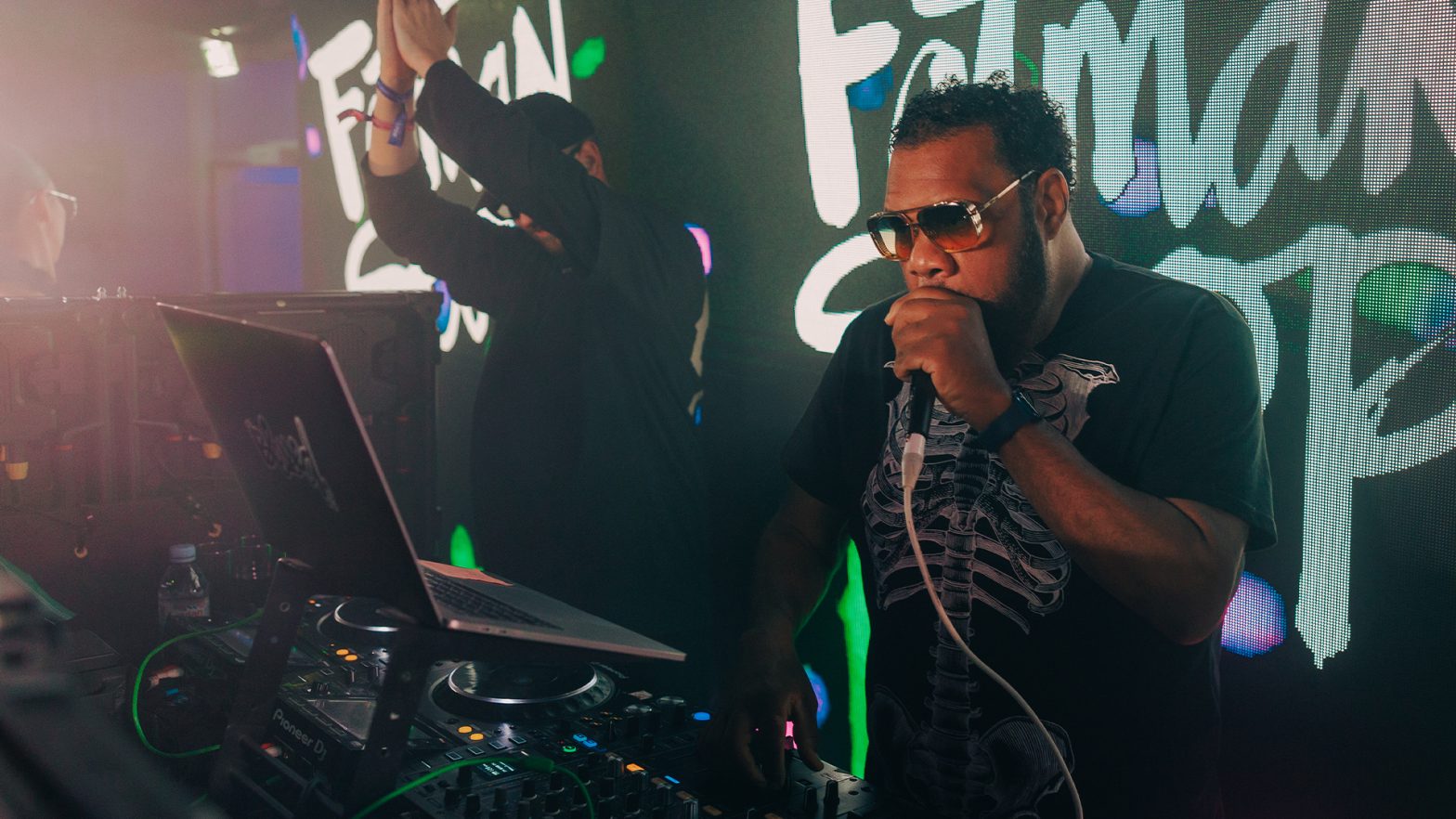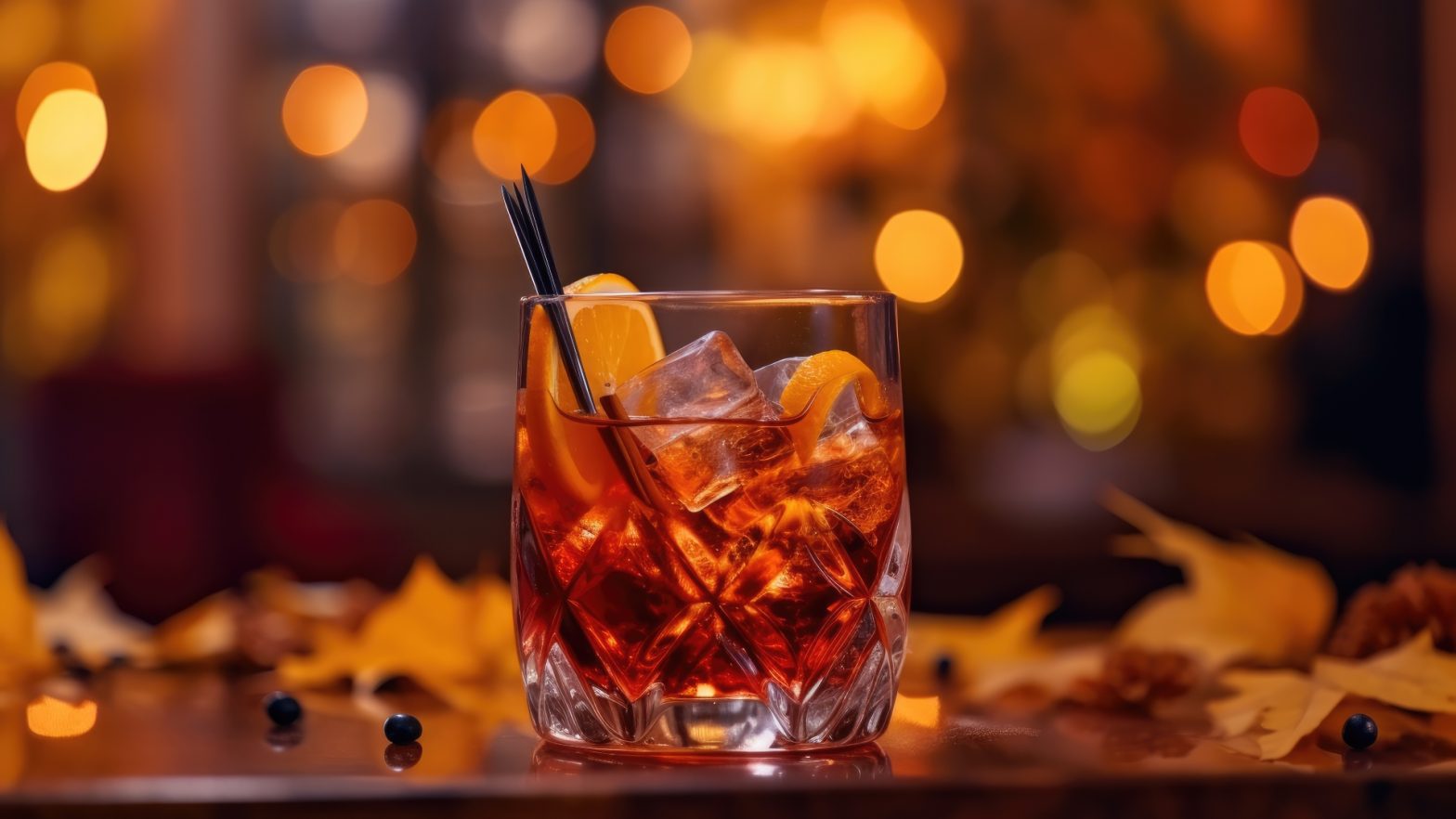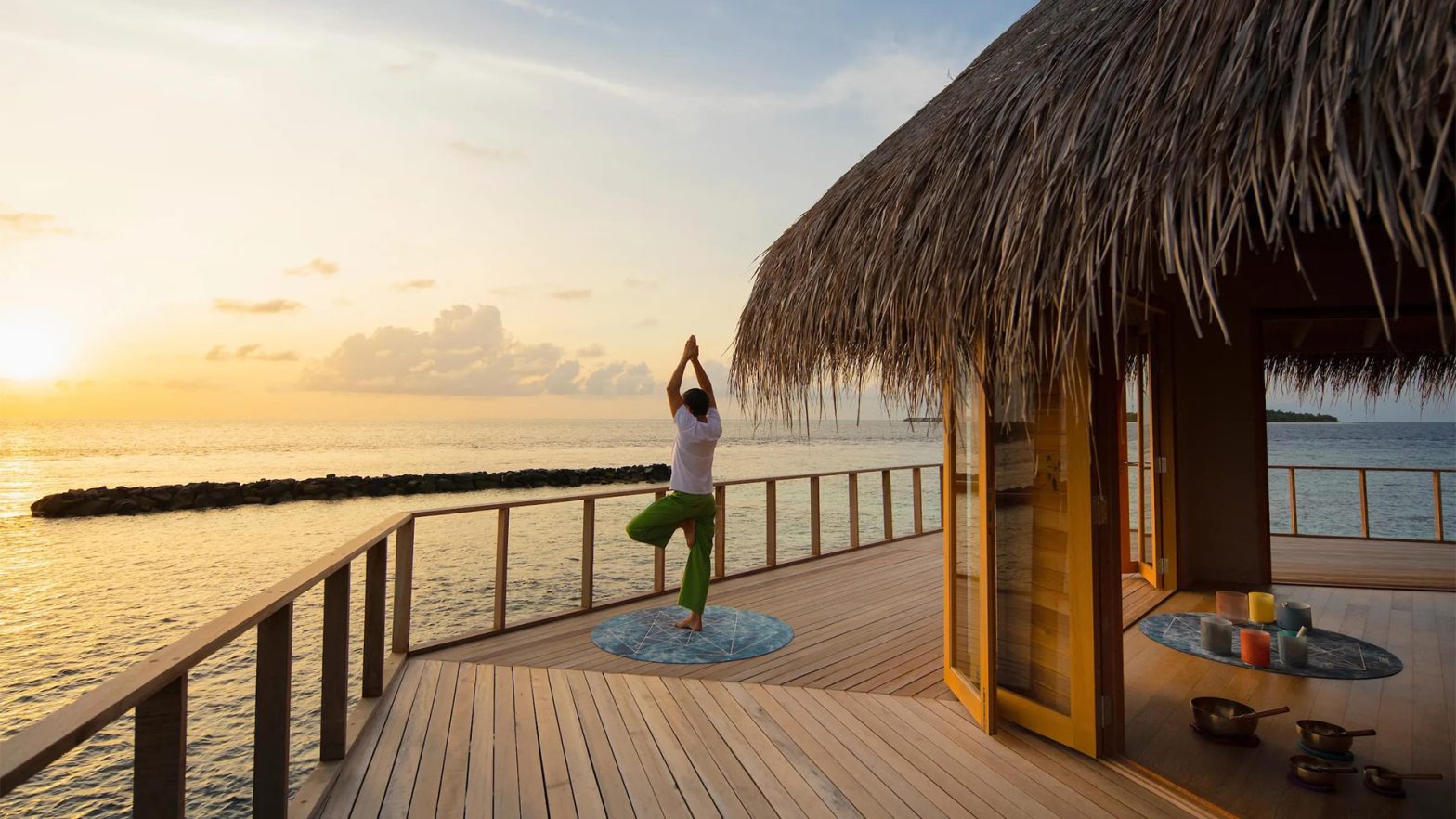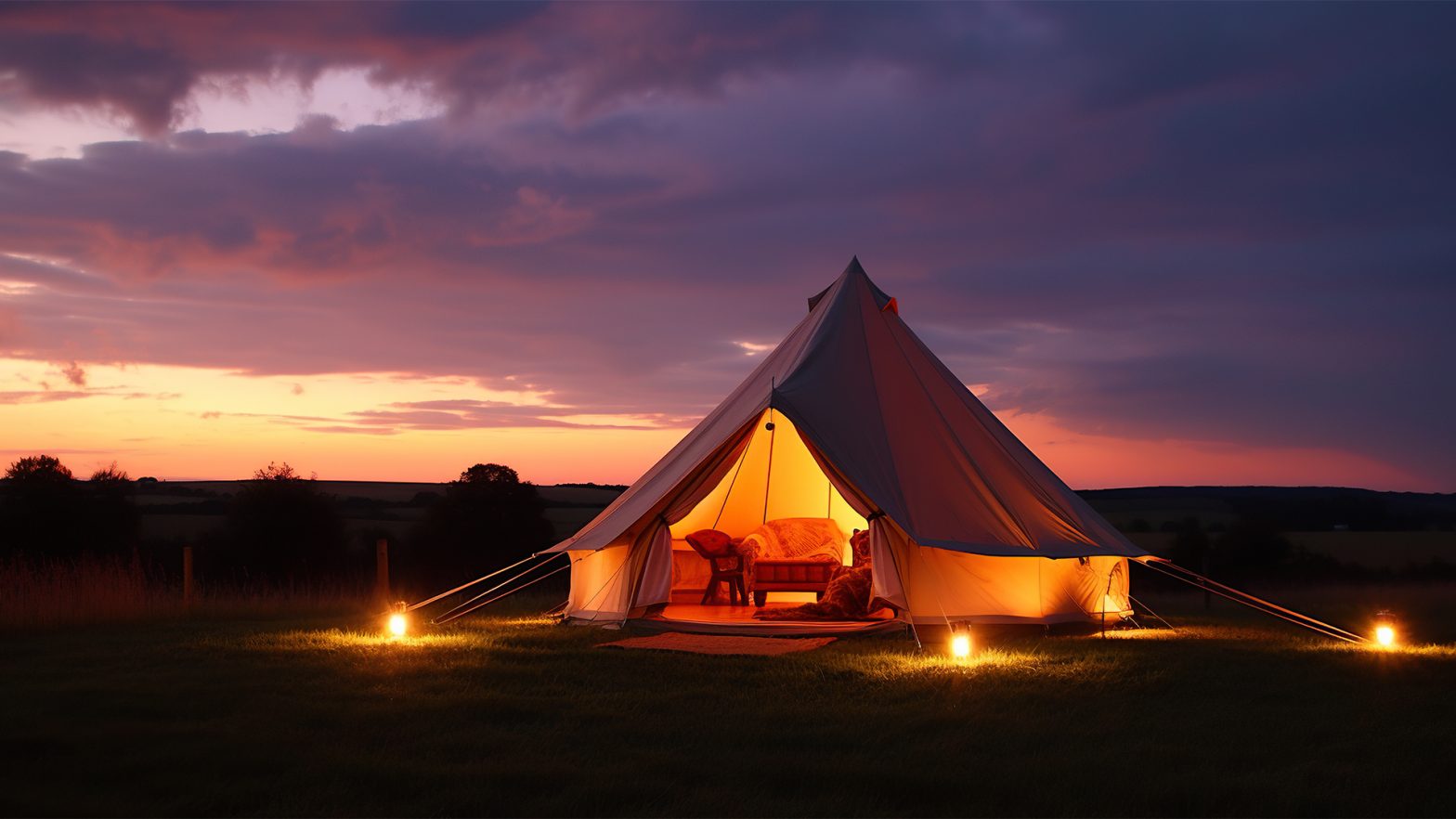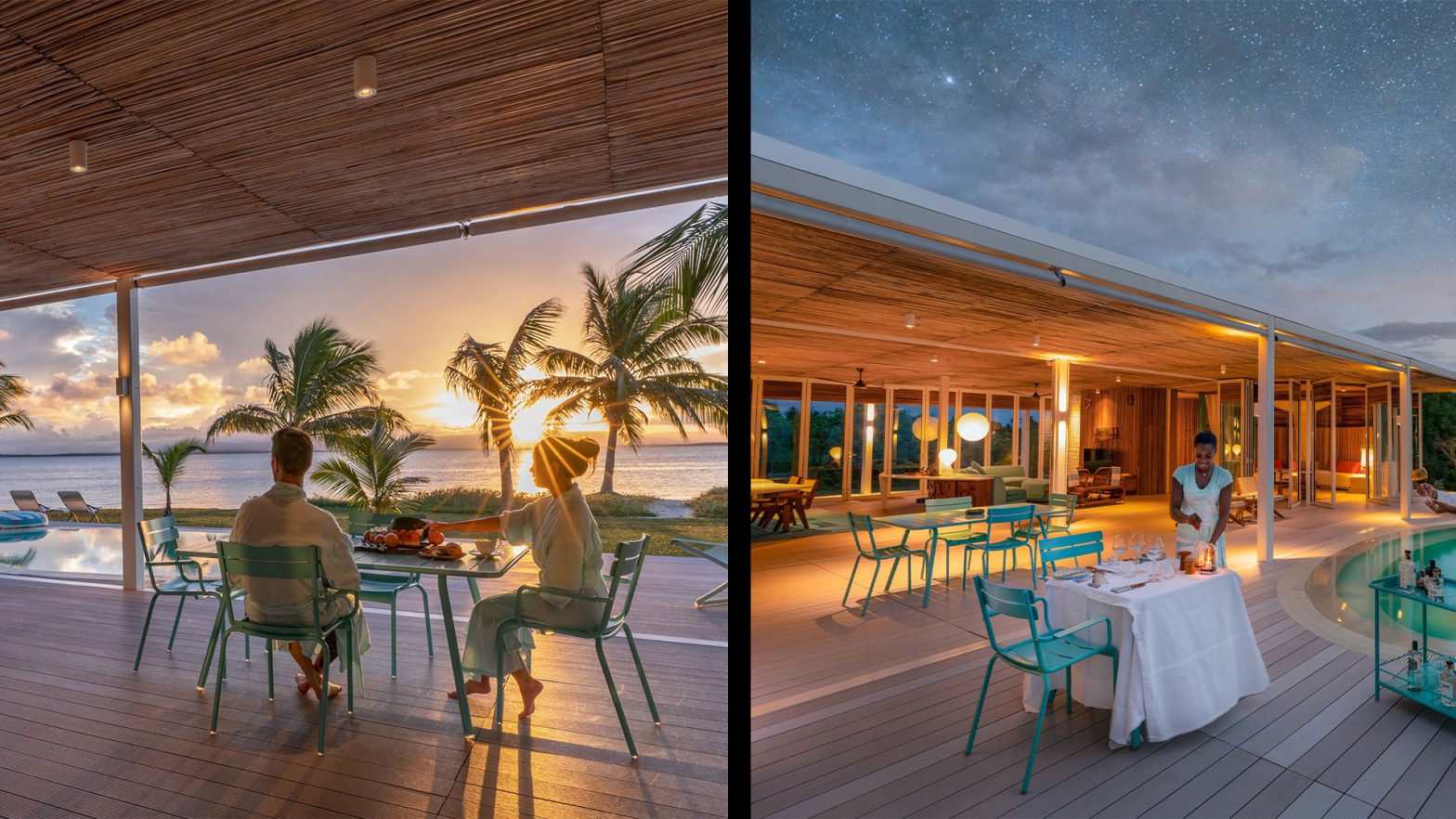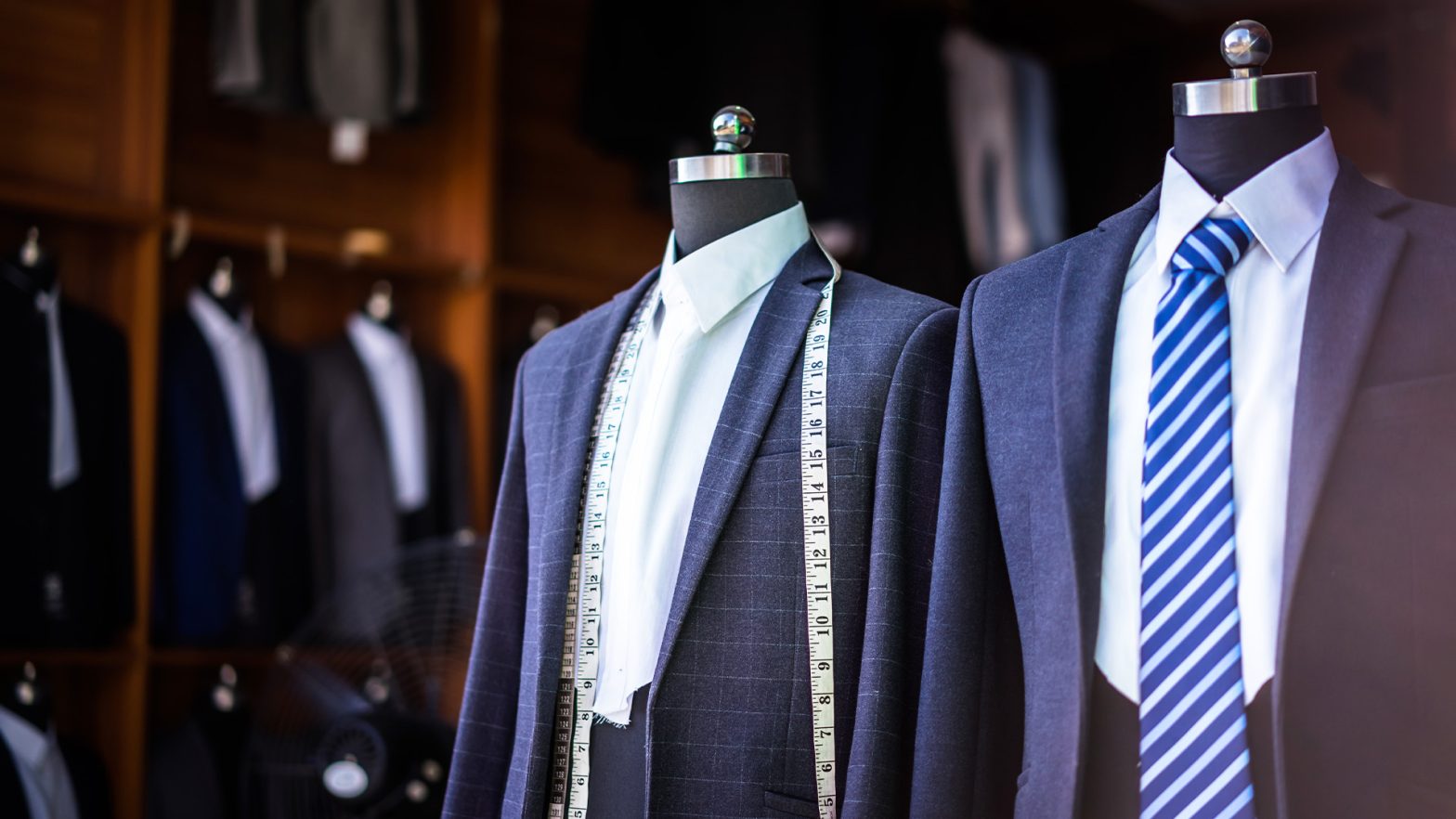
In the past 100 years, the world has seen a serious amount of change, and in the middle of all that craziness, men’s formal fashion reflected the changing trends, cultural movements, and iconic moments that define the world we now live in. From the tailored elegance of the early 20th Century to the bold, non-conventional styles of this century, men’s suits have been on a rollercoaster ride, with each decade leaving a memorable sartorial imprint.
Few looks represent the evolving trends of the last 100 years quite like men’s formal suits and styling. The challenges of world wars, economic depression, and the arrival of the internet forced suit makers to find practical solutions to the threats and opportunities of the day. It gave rise to utilitarian designs of the mid-20th Century, a post-war resurgence in classic tailoring, a rebellion against tradition with the flowery, bold-patterned years of the 1960s and 1970s, to the dynamic, eclectic, and diverse landscape of modern men’s suit fashion.
Here, we’ve broken down the last 100 years of men’s suit styling into digestible decades featuring era-defining moments and globally recognised figures who represent the good, bad, and ugly of the fashion industry.
1920s: Big Spenders
The roaring ‘20s were all about an expression of wealth and status. In terms of men’s formal fashion, this translated to elaborate, highly accessorised suits adorned with tie pins, tie bars, and pocket squares. Bright, colourful shirts and ties also came to the fore, and even the suits were bold, representing the best of the boozy jazz scene. As for the fit, suit trousers were mostly baggy and high-waisted while jackets became a little looser than the skin-tight variety preferred at the turn of the century. Charlie Chaplain wore a typical suit of the time, albeit an exaggerated version. Similarly, the statement suits synonymous with F. Scott Fitzerald’s ‘The Great Gatsby’ also perfectly sum up men’s fashion at the time.
1930s: Down and Broke
The Great Depression left people penniless and fearful of the future. Men’s fashion reflected this enormous downturn in mood and optimism through a distinct lack of flair. Sleek cuts were replaced with wide, double-breasted suits in dark, sombre colours, while wide-legged trousers became the norm. While times were tough for the majority, there were exceptions to the fashion rule such as Al Capone, the most famous gangster of all-time who was often pictured in stylish three-piece suits, flashy ties, and expensive jewellery. Another was Fred Astaire whose crisp, single-button white suits, two-tone shoes, and boater hat provided some much-needed escapism from the drab men’s fashion of the time.
1940s: Wartime Priorities
With the world at war, tailoring efforts were focused on the making of military uniforms rather than fashion suits for the men who remained at home. Fabrics and natural fibres were scarce and had to be used sparingly, so three-piece suits, formal coats, and accessories reached their lowest fashion point. Nevertheless, semi-synthetic rayon began to take place of traditional wool, tweed, and cotton and despite the struggles, some all-time style icons rose to fame during the decade. For instance, Bing Crosby often appeared in a sophisticated suit with a crisp, white dress shirt and bow tie. The same applied to Nat King Cole and Humphrey Bogart and their statement pocket squares that always portrayed a sense of timeless, classic styling.
1950s: Suit Styling Everywhere
It’s somewhat ironic that the 1950s is often considered a dull decade when, in fact, it gave rise to the return of true men’s suit styling. Neatly-cut suits in black, dark navy blue, and graphite grey were broken up by plain white shirts, thin black ties, and pocket squares in a look that most men copied. Suits trousers were mostly loose fitting with jackets single-breasted – after all, men needed that extra room to manoeuvre when attempting the swaggering moves of the young rock rebel, Elvis Presley. The more mature gentleman probably preferred the more conservative fashion approach of Frank Sinatra including the trademark trilby hat.
1960s: Far Out Fashion
The Swinging Sixties saw drastic changes to men’s suits and fashion in general. There was a soft introduction in the decade’s early years as the 1950s look gently gave way to thinner trousers, ties, and lapels. By the end of the Sixties there was ‘Flower Power’ and acid, hippie gatherings and culture wars between Mods and Rockers. Things then got wild as psychedelia kicked in and skinny suits gave way to outrageous outfits that reflected the tripped out-vibe. Yet while the Beatles became fashion icons of the age, there was still a space for pinstripe suits, white shirts, classic ties, and pocket squares synonymous with US president John F. Kennedy.
1970s: The Flare Up
Suits and accessories on steroids became symbols of the ‘70s as clothing started to expand. Flared suit trousers, outrageously wide lapels, and slim-fitting waistcoats were all the rage along with the latest synthetic fabrics like polyester. In fact, tie knots and shirt collars became so wide that it now seems unbelievable that they made it past the design stage and into production. However, the image of David Bowie in an outrageously flared outfit or of John Travolta rocking the Saturday Night Fever dancefloor in three-piece white suit, black shirt with massive lapels, and high platform black leather boots defined the decade for men’s suit fashion.
1980s: The Power Suit
The era of Don Johnson and Miami Vice paved the way for wide-shouldered, pastel suits over a plain crew neck top. It was a look that also required rolled-up suit jacket sleeves and slip-on espadrilles with no socks. The ‘80s also saw the advent of the original power suit like those worn by Michael Douglas in his portrayal of Gordon Gekko in the hit movie, Wall Street. There were padded shoulders, fancy braces, contrasting collar shirts, pinstripes, pleats, double-breasted jackets, and, of course, slicked-back hair that screamed ‘money’ and ‘greed is good’ wherever you looked. Then came American Gigolo and the iconic Armani suit worn by Richard Gere with ultimate swagger that spawned a whole new line of men’s suit styling in itself. It’s what helped define the ‘80s as one of the most fashionable decades of the 20th Century.
1990s: The Anti-Suit
The stockbroker look that ran through the ‘80s was gradually phased out in the 90s as business casual took over. Suddenly, suiting up for the office stopped being a thing for the ‘Yuppie’ generation. Elements of the oversized suit styling of the previous decade remained, but wearing jeans with a jacket and tie also became acceptable along with baggy pants, puffy dress shirts and an abundance of pleats, all in the supposed name of ‘comfort’. Yet as most men abandoned the traditions of suit styling, those like Brad Pitt and David Letterman continued to fly the old-fashioned flag by wearing sharp, double-breasted suits, white shirts, and slender ties. In truth, Pitt could look good in a potato sack, and back in the 90s he often topped things off with aviator glasses and well-gelled, highlighted hair.
2000s: A Suitable Comeback
Men’s suits returned with a vengeance in the new millennium, and it continues to this day. The early Naughties featured a new period of fitted clothing as Paris catwalks abounded with super-skinny models in perfected ‘60s rocker-style gear. Thom Browne took it further with cropped trousers and jackets that exaggerated the slim-fit styling that had become so popular. By the end of the Naughties the internet had taken over and menswear blogs offered new fashion possibilities. Suits were worn with ultra panache, with Tom Ford adding further elements of luxury with wide lapels and figure-hugging suits. Even Jay Z eventually gave up on baggy t-shirts and Timberland boots and began to don some beautifully-tailored suits, while Justin Timberlake rocked the three-piece suit, often paired with a pair of trainers.
2010: The Digital Decade
Social media was in full swing by this stage and men’s sartorial elegance took a different turn. Suits with classic tailoring returned to the high street alongside brave, bold designs that represented a new age of freedom for the young generations. From double-breasted brown chequered suits to well-cut navy blue suits with skinny ties and pocket squares, the 2010s proved that anything goes. Men even started to leave their suit jackets behind in preference for plain white open-buttoned shirts and a pair of woollen, slim-fitting trousers. Yet a nod back to traditional styling and minimalist elegance was never far away, and few celebrities looked as good as Tom Hardy in a well-cut three-piece suit at a movie premiere.
2020: Return to Tradition
Many retro prints of the ‘90s were back in fashion at the start of the 2020s and for good reason. Traditional patterns like pinstripes, dogtooth, plaid, and herringbone began to dominate men’s suit fashion. A tweed patterned blazer, trousers, plain shirt, and tie became all the rage, as did the waistcoat which could be worn without the tie for a less formal look. Suddenly, instead of the same old black, navy, and grey suits, bold tones such as reds, greens, and striking pastels took over, often in full monotone from top to bottom. Tweed, that staple of the Peaky Blinders generation, is also featured heavily, often in soft, brown tones that ooze sophistication. Similarly, double-breasted suits made a gentle return as did mix-and-match outfits blazers with different coloured trousers.
It’s clear that the last 100 years has featured a myriad of men’s suits and fashion styles. From classic suit styling to contemporary and outlandish trends, the past century has highlighted the rich tapestry of men’s formal fashion and it’s every-changing nature, with styled coming and going as quickly as the decades themselves.









